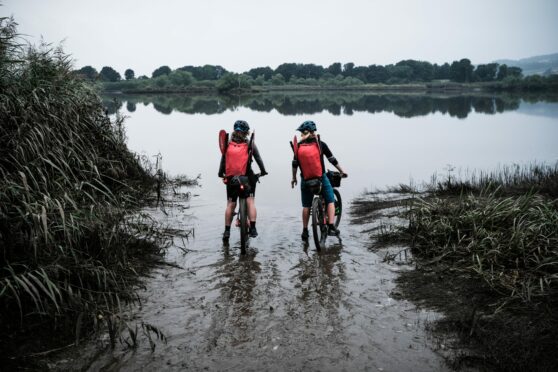
An intrepid duo of adventurers have charted three of Scotland’s most famous rivers from source to sea – by cycle.
Lee Craigie and Jenny Graham travelled the length of the Dee, Tay and Clyde in three week-long expeditions travelling by bike, pack raft and on foot.
From a starting point on the crags of the Cairngorms to the centre of Glasgow during Cop26, their journeys were planned as a framework to allow them to enjoy Scotland’s wilderness.
For Graham, who four years ago became the fastest woman to cycle around the world unsupported, the more leisurely pace helped her learn to slow down. “Endurance is the buzz for me so the source-to-sea trips were the reverse of that and we went at a pace so we could appreciate what was around us,” she said.
“I liked the idea of not being in a rush to get somewhere, of taking our time to get to where we needed to go.”
Meanwhile, Craigie, founding member and director of the Adventure Syndicate, an all-female collective of endurance riders, found joy in getting back to nature and finding the value in the simplest things: “Sleeping on a riverbank and then waking with a boiling kettle the only sound to be heard is something special.”
“Being on the water and going slowly was lovely and for the journeys we spent a third of the time in our pack rafts and the rest on our bikes or on foot,” said Craigie, who is also active nation commissioner for Scotland, working independently of government to help ensure that walking and cycling are accessible and inclusive for all.
“We got wet, cold, tired, hungry and lost. At the very same time we felt wild euphoria and deep satisfaction at being connected to the elements, each other and ourselves, and we learned a lot,” she said. The duo, funded by Paths For All, captured their source-to-sea trips in a series of videos and podcasts as a way to offer an alternative solution to climate and health crises.
They pointed out that governments continued to focus on the advancement of technological solutions but their project, despite the pain and discomfort at times, promoted a message of physical and mental health alongside sustainable, simple travel and adventure.
On their travels, the pair completed more than 300 miles, encountering interesting people and wildlife along the way.
At schools, pupils were encouraged to join their daily exercise programmes and, while the duo benefited from top-of-the-range bikes and kit, they said that walking shoes and a rucksack were all people really needed to savour the outdoors slowly and happily.
They found each journey to be different but, despite the miles covered and the terrain to be tackled, the overall feeling was exhilaration and admiration for the beauty around them and the people they met.
On the films and podcasts, each river journey is accompanied by music written specifically to reflect each one by singer-songwriter Julie Fowlis, who took inspiration from wild Atlantic salmon, writer Nan Shepherd and traditional Gaelic texts.
The Dee
Jenny Graham and Lee Craigie got their expedition under way at the Pools of Dee high up in the crags of the Cairngorms.
It was extremely cold and “blowing a hooley” so the actual source – on a plateau above them – proved impossible to reach because of the conditions.
“Too dangerous to try,” they agreed.
Following the river, the fifth longest in Scotland at 87 miles, they headed towards Braemar and Balmoral and their second day started with a “dook” in the water before they got into their pack rafts for the first time.
The slow pace was a joy. With Scots pine lining both banks they enjoyed the scenery with Craigie saying it was like looking at Scotland “inside out.”
Overnight, they hung their wet clothes on the trees and, to meet the call of nature, Lee dug a hole but her bare bottom was too close to nettles for comfort.
Out in the wilds, sometimes mammals and birds can be easily confused – Jenny wondered if some birds circling were pine martens before realising she meant house martins and not four-legged creatures. That started a fit of the giggles.
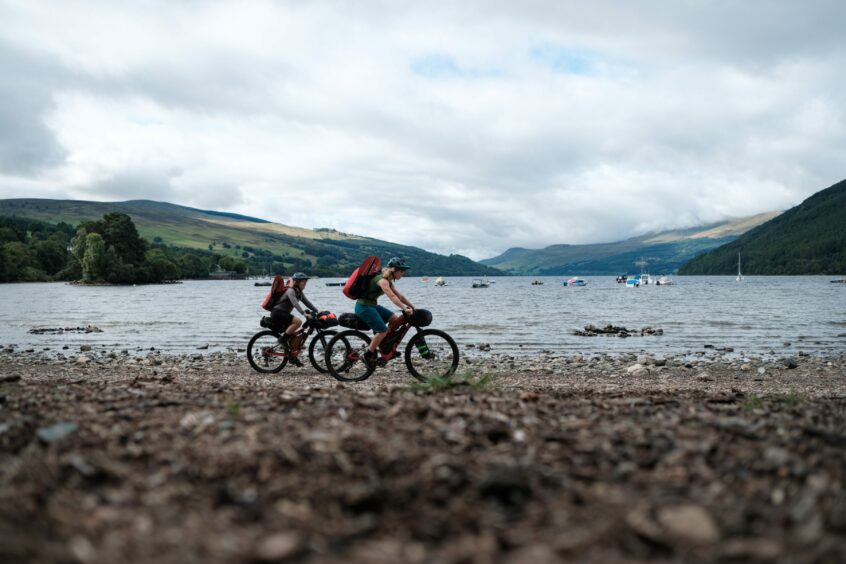
The Tay
This trip, on Scotland’s longest river, was the second of the pair’s exploits.
They walked and pushed their bikes uphill through miles of boggy ground to the source of the River Tay. A brief stop at the 17th Century ruined Finlarig Castle near Killin was followed by more paddling down river on a warm day.
At Aberfeldy, after savouring some home-made baking, they visited the oldest tree in Britain, the Fortingall Yew, before being joined for an overnight camp by pupils from Morrison’s Academy, Crieff.
On the fourth day, Craigie enjoyed an early-morning coffee on her pack raft in the middle of Loch Ordie before the duo headed for Perth, and an overnight hotel stay – with much-needed showers.
Then it was on down the river to Dundee, where they found themselves amazed at how quickly a landscape could change and reiterated their mission to promote sustainable ways of travelling through beautiful places.
The Clyde
The duo had to dramatically change their plans for this final leg as Craigie injured her shoulder in an accident shortly before they set off.
No cycling or paddling was possible so walking was the only option to trek from the source of the Clyde – in the middle of a windfarm above Elvanfoot in Lanarkshire. It was a noisy start.
As they walked through the Clyde Valley, they were stunned by the beauty of the trees. In one day they covered 31 miles . When they reached New Lanark the miles on foot began to take their toll.
Their feet were in tatters, their hips and shoulders ached but they reckoned the “benefits outweighed the drawbacks”.
The far-travelled duo hit the slabbed concrete of the motorway as they headed to the Cop26 climate change conference in Glasgow, and Graham donned a pair of roller blades as they made their way through the city.
Their journey was finally at an end.
Search for Source to Sea on YouTube, Soundcloud or wherever you find podcasts

Enjoy the convenience of having The Sunday Post delivered as a digital ePaper straight to your smartphone, tablet or computer.
Subscribe for only £5.49 a month and enjoy all the benefits of the printed paper as a digital replica.
Subscribe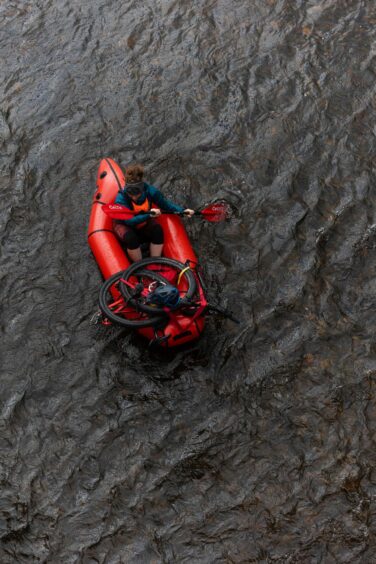
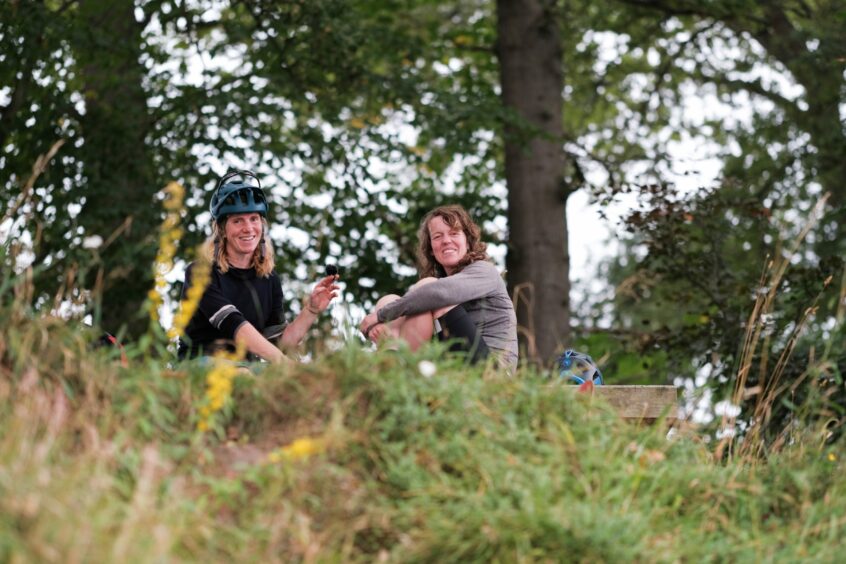 © SYSTEM
© SYSTEM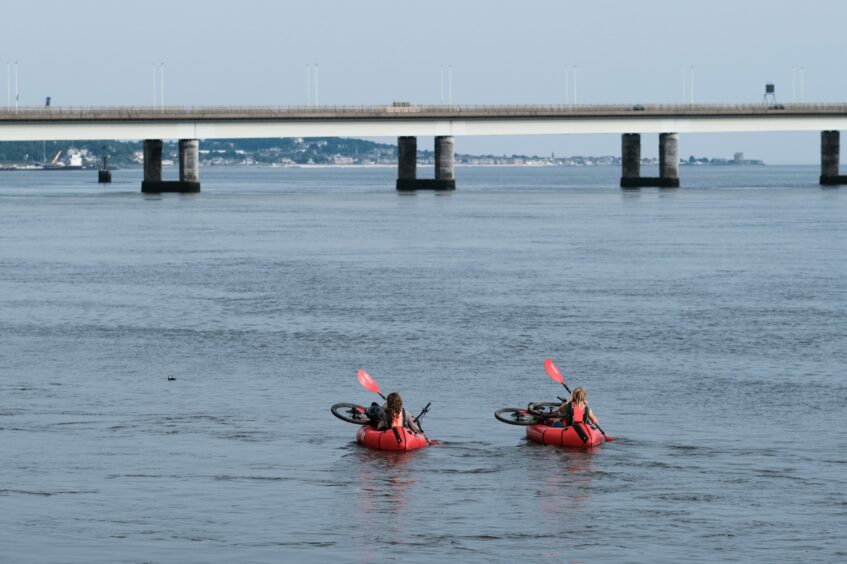 © SYSTEM
© SYSTEM